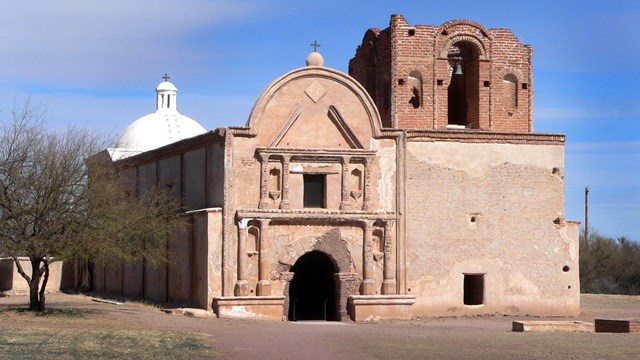
Historic Sites in Arizona
These historic and cultural sites host heritage events and exhibits about the Anza Trail in southern Arizona. 
Historic Sites in California
Historic, cultural, and natural sites reveal the legacy of California's Spanish colonial era. 
Historic Sites in Sonora
An historic route and tourist route in Sonora trace the Anza expedition path and explore Anza's legacy in his homeland. Pilgrimage to MagdalenaThe Process of a Journey: A review of Pilgrimage to Magdalena |
Last updated: October 18, 2024
